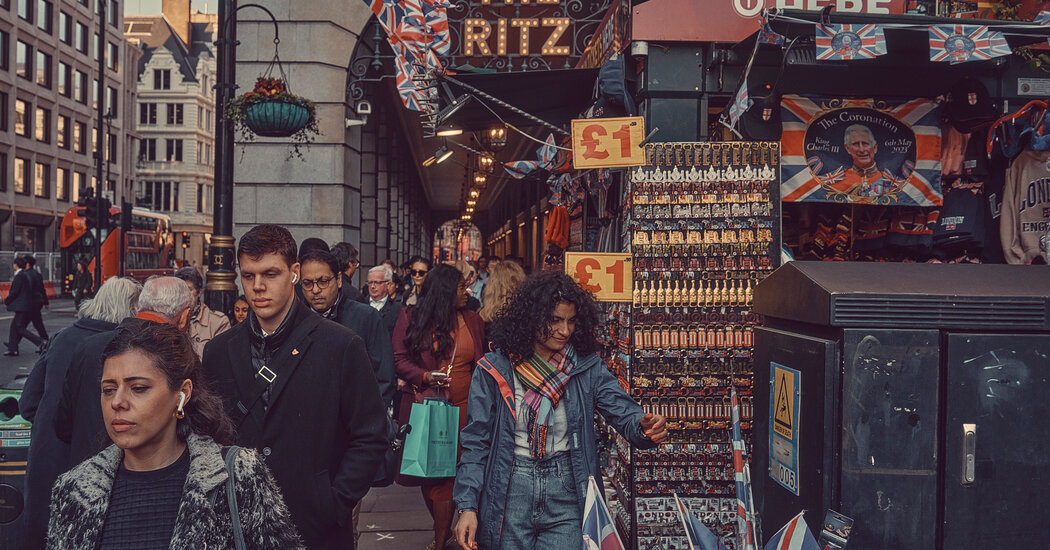No royal heir in British history has waited longer than Charles III, the king formerly known as the Prince of Wales, to ascend the throne. When he is officially crowned, on May 6, Charles will be 74 years old — a full 47 years older than his mother, Elizabeth II, was at her own coronation way back in the mid-20th century.
A lot has changed in the monarchy, and in the monarch, since the early days of the queen’s reign. Elizabeth came to the top job through accidents of history and fate. Her uncle, Edward VIII, abdicated in 1936, disrupting the normal order of succession; her father, George VI, succeeded him but died 16 years later at the age of 56, propelling Elizabeth onto the throne. By contrast, Charles — the oldest Prince of Wales in British history to become king — was born a monarch-in-waiting and has had a lifetime to prepare.
The public in turn has had a lifetime to get to know Charles, starting from his rarefied childhood in the public eye. We had a ringside seat at his marriage to Diana, Princess of Wales, who died in 1997; we followed his affair with and eventual marriage to Camilla Parker Bowles; we saw his struggles with his second son, Prince Harry, in an ongoing saga that is bound to spill over into the coronation, which Harry is scheduled to attend without his wife, Meghan, the Duchess of Sussex.
By tradition, heirs to the throne don’t meddle in unroyal matters. But Charles was an unusually outspoken Prince of Wales. He is known as a lover of classical music, a student of philosophy and world religions and a proponent of sometimes controversial ideas. He has often waded into debates on unexpected topics like alternative medicine and organic farming (pro) and modernist architecture (against).
In London alone, there are plenty of royal spots to visit (Kensington Palace and Westminster Abbey, for starters), royal-themed exhibits to explore (“The Royal Palace Experience” at Madame Tussauds) and coronation-themed walking tours through this most inviting of cities.
But for visitors interested in exploring the history and psyche of the new king, here are some stops on an alternative royal tour in and around the city.
Highgrove
Charles bought Highgrove House, a Georgian neo-Classical estate in Gloucestershire, in 1980, before he married Diana. He saw it as a refuge, a bolt-hole in which he could pursue country pleasures and contemplate the beauty of nature; she found it boring and preferred the city. More and more, it became the place where he…
Click Here to Read the Full Original Article at NYT > Travel…
